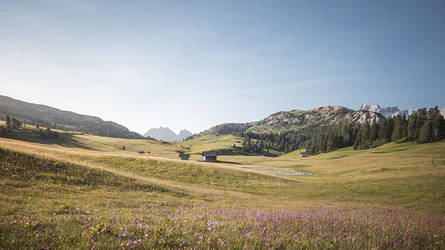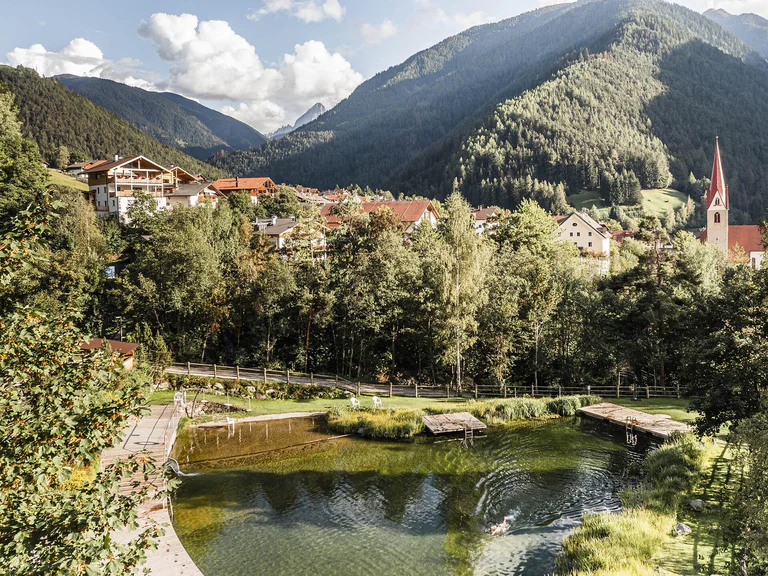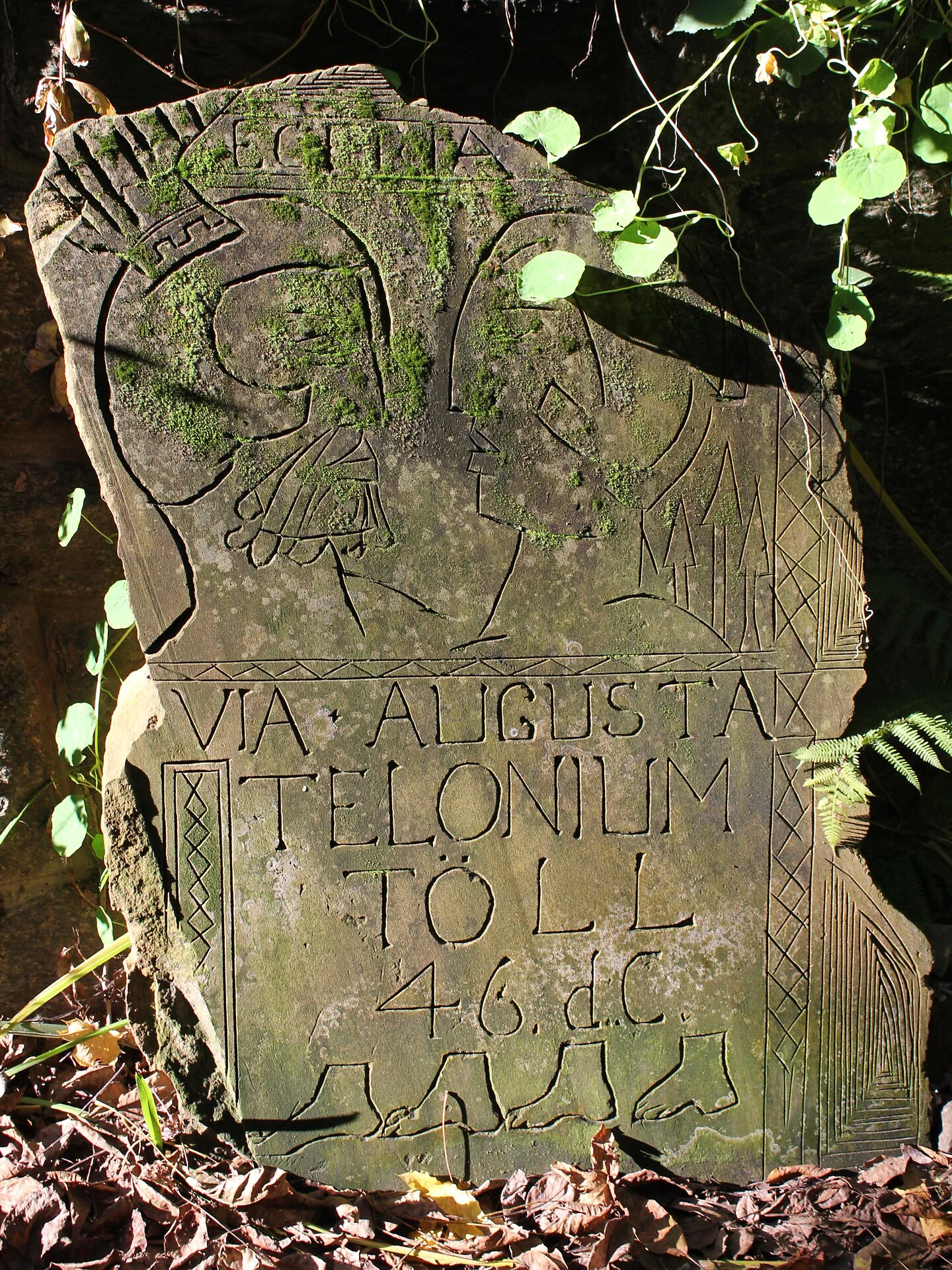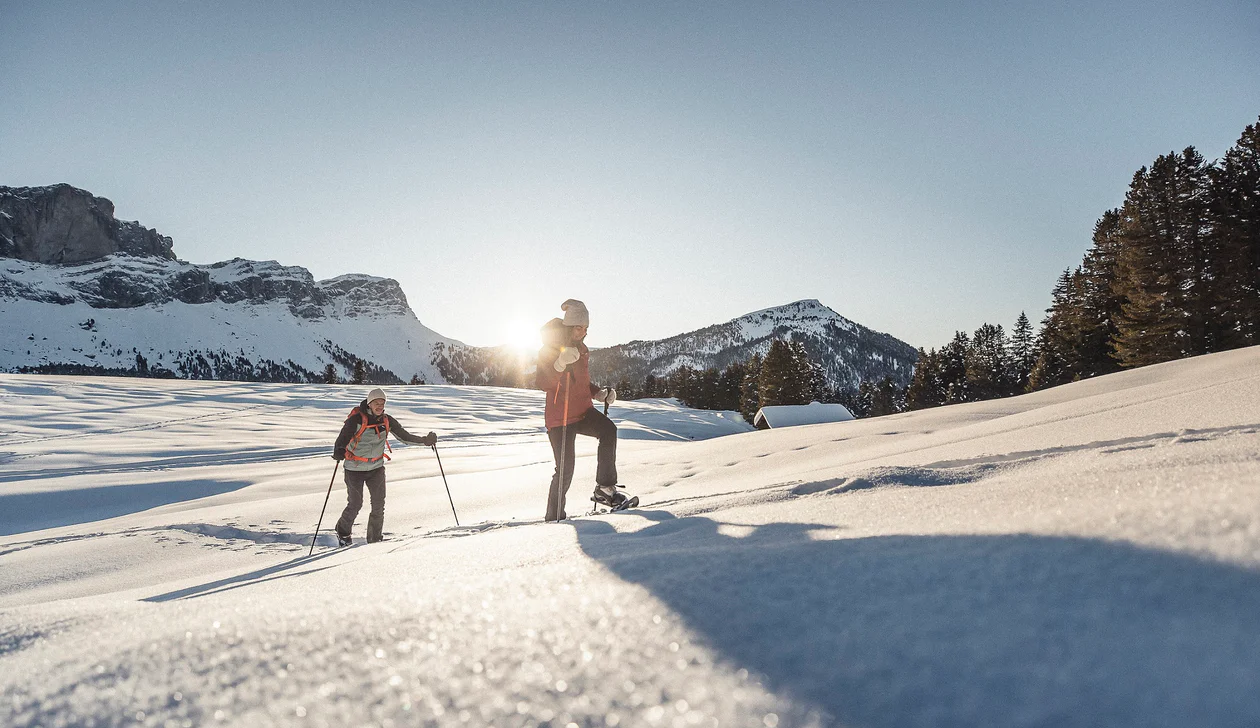After a short hike through the mixed forest up to Hocheppan Castle, visitors are greeted with a unique panorama: towering above the provincial capital of Bolzano is one of South Tyrol’s most famous mountain groups, the Sciliar massif and the legendary Rosengarten. Looking further across the landscape, one can see the Ötztal Alps to the north and the Lagorai range in Trentino to the south.
History:
The castle was built by Count Ulrich II around 1130 and was already one of the most powerful fortresses in the region at that time. In 1158, it was destroyed but soon rebuilt. In 1315, it was handed over to the territorial princes of Tyrol and has since changed ownership several times. Since 2019, Hocheppan Castle has been owned by the municipality of Eppan. Among the many well-preserved castles in South Tyrol, Hocheppan Castle is undoubtedly one of the most impressive due to its unique location.
Architectural Style and Features:
Hocheppan Castle combines the beauty of the surrounding landscape with the romantic charm of a medieval fortress. Particularly striking is the keep, with its pentagonal shape, parts of which date back to the 16th century. The highlight from an art-historical perspective is the castle chapel, featuring a remarkable fresco cycle.
Art-Historical Guided Tours:
Hocheppan Castle and its chapel can be visited as part of guided tours, available every 30 minutes from 11:00 AM to 4:00 PM on the following days:
- April – July: Thursday to Sunday
- August: Thursday to Monday
- September – November: Thursday to Tuesday
For more information about guided tours, please contact the Tourist Association of Appiano at info@eppan.com or by phone at +39 0471 662206.
Archery Course at Hocheppan Castle:
The archery course next to Hocheppan Castle is open daily except Wednesdays and offers visitors an exciting and medieval-like experience during the "hunt" with bow and arrow. Completing the entire course takes approximately 3 hours.
Hiking Options:
The hike to Hocheppan Castle is one of the highlights of the "Three Castles Hike," which also includes the ruins of Boymont Castle and Schloss Hotel Korb.
Note: Hocheppan Castle will be closed for winter break from November 11, 2025, until March 27, 2026, inclusive. From Saturday, March 28, 2026, we warmly welcome you back and look forward to a new season full of history, culture, and enjoyment at Hocheppan Castle!






















































































